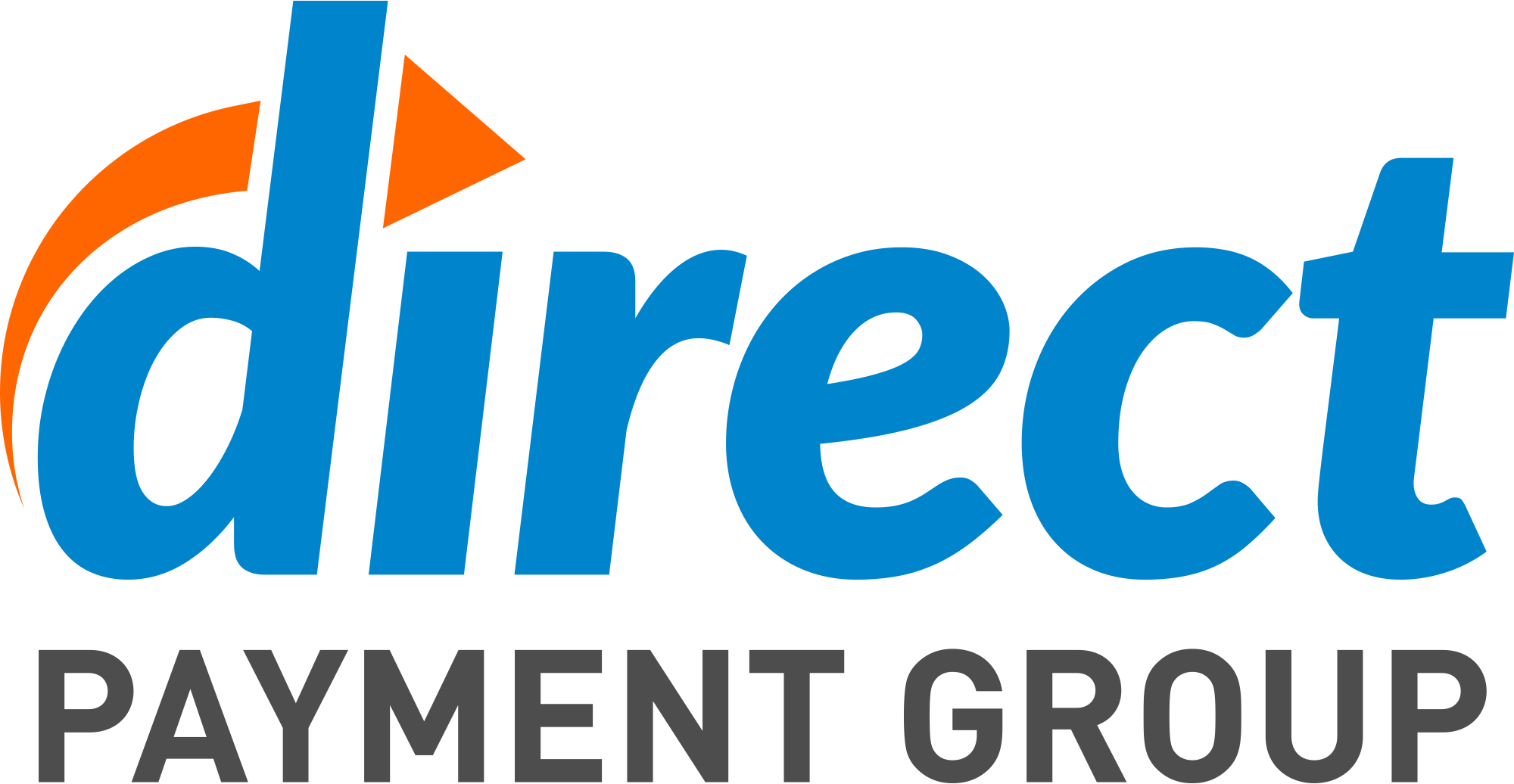Online Credit Card Processing Fees: What Entrepreneurs Need to Know
Most companies chalk up fees as a cost of doing business. But for budget-conscious entrepreneurs and young SaaS companies, online credit card processing fees can be brutal.
Not all credit card processing companies are equal, so it pays to do your homework before signing up with one. Many businesses start with a processor that provides easy setup and low monthly fees, but then stick with it as they grow, even after the initial value is gone.
Growth is the key, so you want a credit card processing company that scales with you. As your company grows, it’s important to find a credit card processor that offers the best deal for your business type, billing cycle, transaction volume, and even your refund rate.
Standard Fees You Should Expect to Pay
There’s no getting around some of the fees a credit card processor will pass along. There are three unavoidable fees, no matter what company you do business with, including:
Interchange Fees
These are fees that are paid to the issuing bank via the card network (Visa, Mastercard, American Express, Discover). Each network charges different interchange fees, with American Express typically charging the most (worth it since AmEx card members tend to spend more).
Assessment Fees
These are also paid to the card network. Assessment fees are much smaller than interchange fees, but they can vary from network to network. Assessment fees can be higher for foreign transactions.
Processing Fees
The fee a merchant pays to the processor for use of their service and tech integration. Processing fees, like interchange fees and assessment fees, are an unavoidable cost of online credit card processing.
Interchange and assessment fees are set in stone since they are determined by the credit card networks and not the credit card processing company. Processing fees, however, are set by the processing company and can be subject to a little negotiation.
Some processors charge additional monthly service fees. Other processors attract young businesses by waiving these fees, but they make up for it by charging higher per-transaction fees. As your business scales, these fees are likely to add up fast.
With such variance in who pays what to where and when (and, of course, the big one – why), it pays to research which pricing models are out there. Eligibility varies, but you should make your decision based on what’s best for your business as it is today, and five years down the road.
Pricing Models & How They Scale
Processors generally charge fees according to one of four pricing models, which we’ve outlined the high-level details of below:
Interchange Plus
This is the most common pricing model. With it you will pay a small monthly fee, then on each transaction you will pay the interchange and assessment fees, plus a markup to cover the processors’ costs. The interchange plus model works for most medium-sized to enterprise-level businesses. Companies processing over $25k per month should consider interchange-plus pricing.
Subscription
With a subscription model you pay a much higher monthly fee, and then only a very small per transaction fee. This is a good model for companies that are working on low margins and may pass along the processing fees to their customers.
Tiered
Tiered pricing puts each transaction into a tier, each of which has a set fee amount. They decide what goes into each tier. Here’s an explanation for why you should avoid tiered pricing.
Flat Rate
Small processors generally charge a flat rate and no monthly fee. You are charged the same percentage on every transaction, regardless of the type of card, etc. However, the price per transaction tends to be high with a flat rate model, making it useful primarily to businesses with a low sales volume or retail stores with high numbers of small transactions.
A word of caution about flat rate pricing: processors also charge this rate for refunds, which can quickly increase your overall rate. Other pricing models don’t do this. It’s wise to know what your effective rate is before committing to a flat rate pricing model.
What this boils down to is that flat rate is good when you are first starting out or for certain businesses that primarily deal in cash over credit cards. Interchange plus works for most businesses, and subscription may be worth it if you’re looking to pass fees along to your customers. You should avoid tiered pricing if at all possible.
Equipment Costs
One often overlooked cost is that of equipment. Physical credit card readers can cost upwards of $1,000, depending on what you need. Some merchants prefer to use their phone or tablet to accept payments as it lets them spend less on equipment and take it with them on the go.
Some processors may offer you a free reader; however, remember that this is an infrequent cost and you should not use it as grounds for picking a specific processor. Make sure that the reader you choose suits your needs and has the features that your business will most benefit from.
Renting or leasing a terminal is also possible, but often costs more in the long term.
Did you know?
If you plan to accept payments online, your equipment costs stand to be much lower since you only need a payment gateway. Just make sure you choose a service with features that will fit your business needs.
Watch for Hidden Costs
There are a few more ways you can end up unnecessarily spending more money when shopping around for an online credit card processor. Some of them are best practices, others are hidden costs and fees that processors may charge. Some tips:
- Take every step you can to reduce fraud. This includes, but should not be limited to: never swipe a card that has a chip; avoid keying in transactions as much as possible; ask for the billing zip code and CVV code
- For U.S. transactions, consider using an address verification service
- Make sure your terminal is set up correctly, especially if you are accepting American Express. If you’re unsure, contact your processing company for instructions
- Compare account setup fees, as many processors will charge you a fee to get started; also look for cancelation fees
- Some processors have a monthly minimum, and if your transactions dip below that, you’re expected to pay the difference; choose a provider whose minimum fee is well below your typical sales volume or waived entirely
- Some providers may force you to lease a terminal from them; this is often a worse deal than buying and many terminals can be switched over to other service providers.
- You may be charged a PCI compliance fee to cover cybersecurity costs; noncompliance would cost you more, but always ask what they are offering you for your fee.
How a Broker Can Help You Get the Best Deal
Finding the right credit card processor can be a real challenge. One way to address this challenge (and reduce the headaches that come with it) is to go through a broker. A good Broker can be a secret weapon for your business; an invaluable expert in your corner who knows what different providers charge and who offers the best deal for businesses of your size and type. They can help you find an online credit card processor and any other payment processing services you’ll need to scale.
Direct Payment Group is here to help. Our team compares fees, helps you assess which plan is right for where you are and where you’re going, keep you away from costly tiered pricing, and set you on the right path. If you want to compare your options against your current processing account (heck, even if you’re just a little curious) click the button below!






